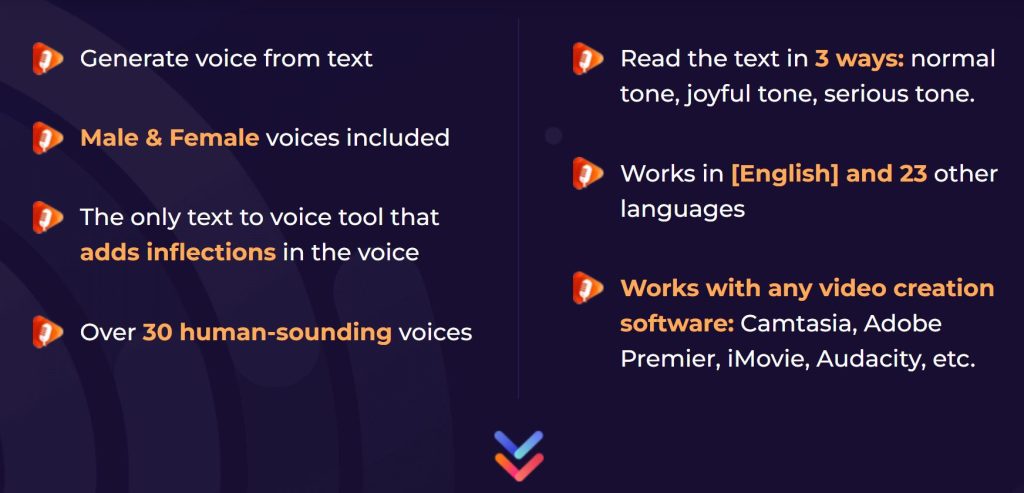
We may receive commissions when you buy through the links on our site. Full Disclosure.
In a digital world where content consumption is at an all-time high, creators are constantly seeking innovative ways to engage their audience. Text-to-speech (TTS) software has emerged as a transformative tool in this landscape, offering the ability to turn written text into lifelike voiceovers. Speechelo, in particular, has positioned itself as a standout option worthy of exploration.
TTS technology is far from new. However, it has evolved significantly over the years, with advances resulting in more natural-sounding voices and diverse applications, from aiding those with reading disabilities to providing voice navigation in smartphones.
An interesting fact about TTS technology is its exponential market growth. Reports suggest a spike in TTS application across sectors like education, customer service, and entertainment, indicating an ever-expanding field of opportunities.
The question then arises: why should content creators hop on the TTS bandwagon? Benefits include enhanced accessibility for audibly digesting written material, increased efficiency in content production, and a fresh way to captivate an audience that may prefer auditory learning.
Traditional TTS systems, however, have faced criticism. Listeners often pinpointed the robotic sound of voices or the limited selection of languages and accents as hindering the listening experience.
Older TTS methods notwithstanding, Speechelo presents itself as a robust solution that addresses these pitfalls. The software promises a seamless transformation of text into a vocal performance that’s hard to distinguish from an actual human speaker.

Digging deeper into Speechelo’s offerings, one discovers a treasure trove of features. The Standard Version, priced at $27, includes a hearty character limit and the choice of tone—be it normal, friendly, or serious. More intriguing is the ability to mimic natural breaths, lending voices an element of realism previously absent in older TTS software. With a Pro upgrade at $47, users can blend multiple voiceovers and bring background music into the mix—forging a soundscape that can elevate any content piece to professional heights.
Comparison with its contenders reveals Speechelo’s edge. While Revoicer also allows for music and modifications, Speechelo’s user-friendly interface makes these adjustments a breeze. And although Human Talk boasts a staggering 800 voices with emotional variance, and Mic Monster impresses with quick multi-voice conversations, Speechelo strikes a balance between versatility, affordability, and ease of use.
To maximize Speechelo’s impact, content creators should consider the type of content and the target audience. For example, a more serious tone works well for professional presentations, whereas a friendlier voice fits casual vlogs or educational scripts aimed at a younger demographic.

As we wrap up, it’s important to note the potential in monetizing these voiceovers. Creators can produce high-quality audio content for clients or incorporate voiceovers into their marketing strategy, potentially unlocking new revenue streams.
In summary, Speechelo is a potent tool that can significantly enhance digital content, offering a range of voices, ease of use, and customization options to suit various needs—all without the hefty recurring costs associated with some other platforms. For content creators looking to diversify their offerings and captivate their audiences in novel ways, Speechelo is certainly worthy of consideration. Thank you for exploring this guide on how to enrich your content with Speechelo.